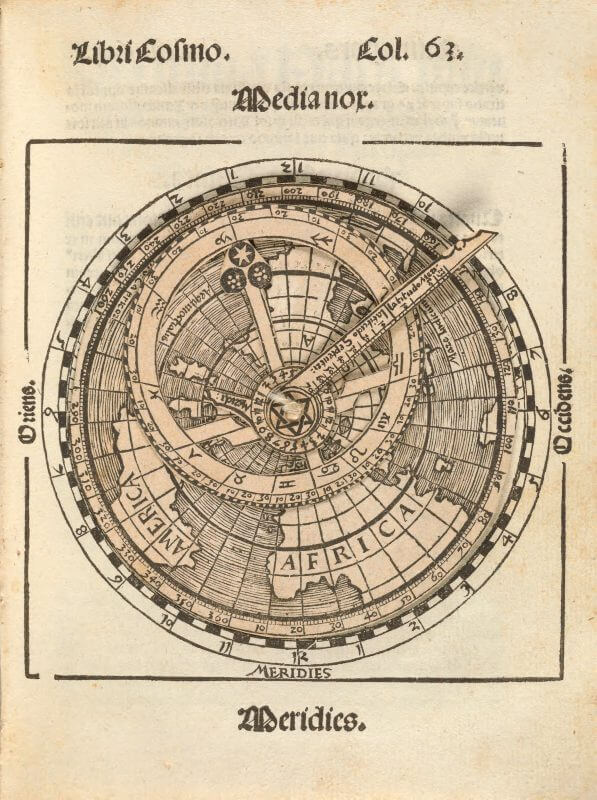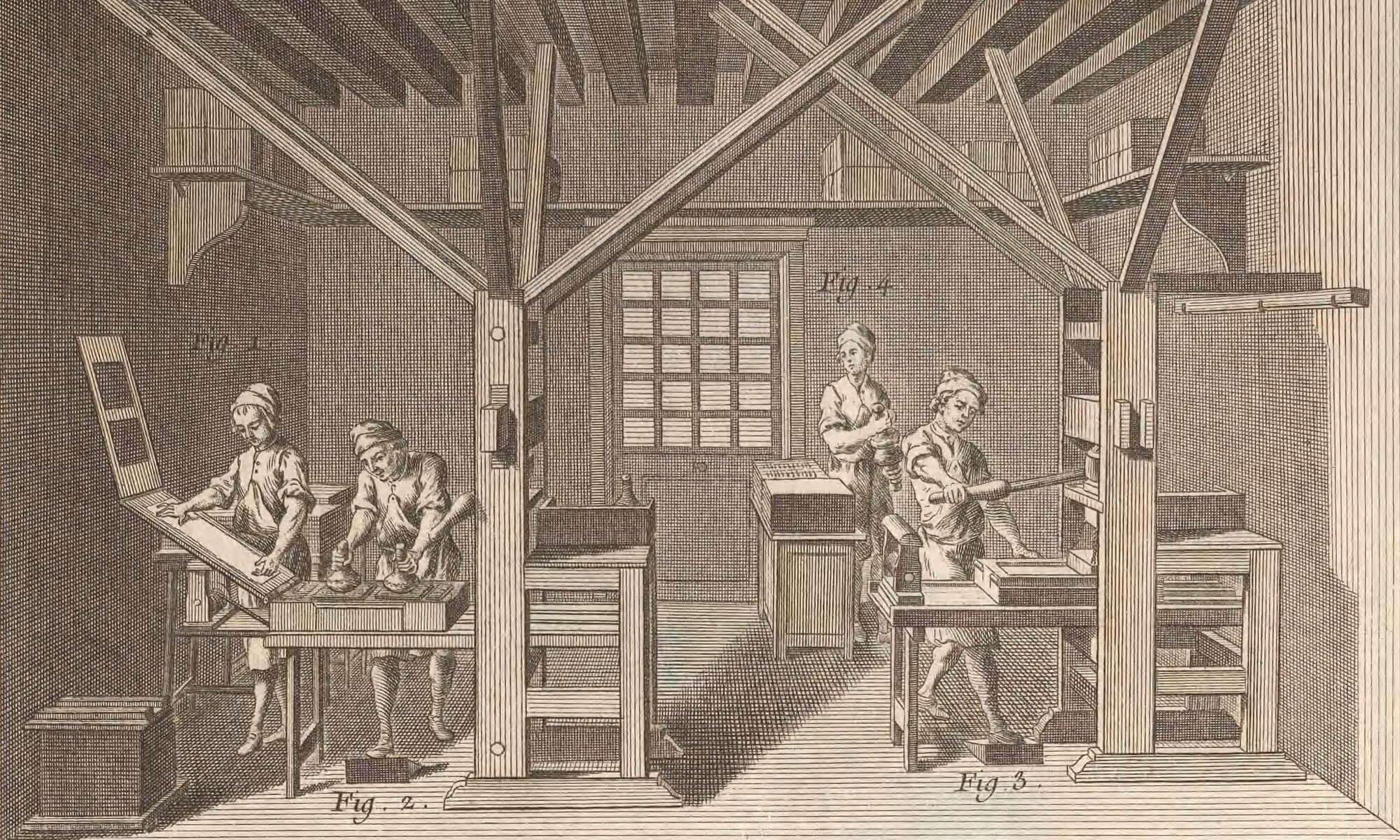Alciati, Emblemata, 1661 (2E1r)
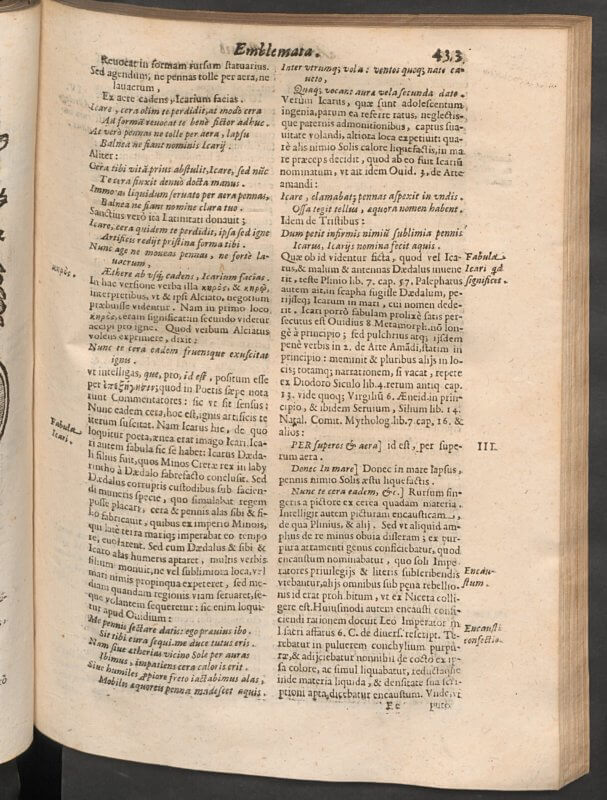
Alciati, Emblemata, 1661, (2D8v)
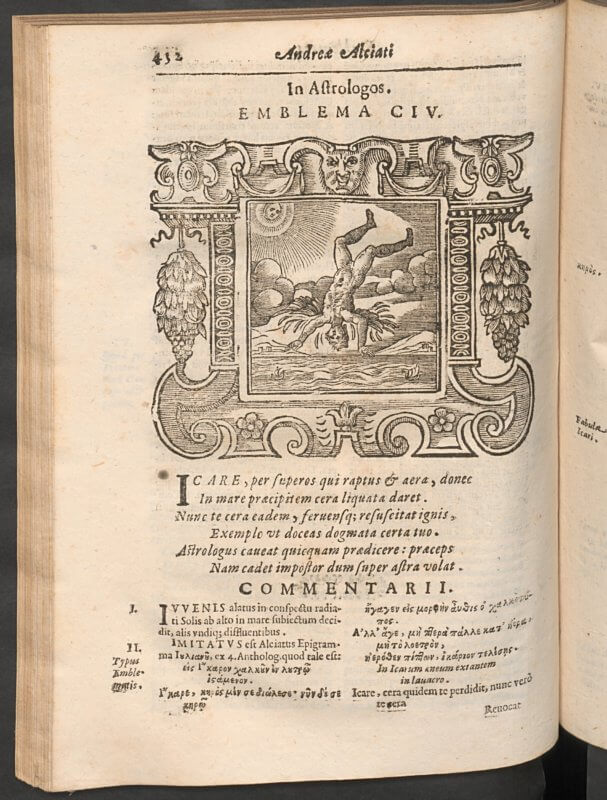
Ames, Typographical antiquities, 1749 ([A]1r)

Ames, Typographical antiquities, 1749 (4I3v)
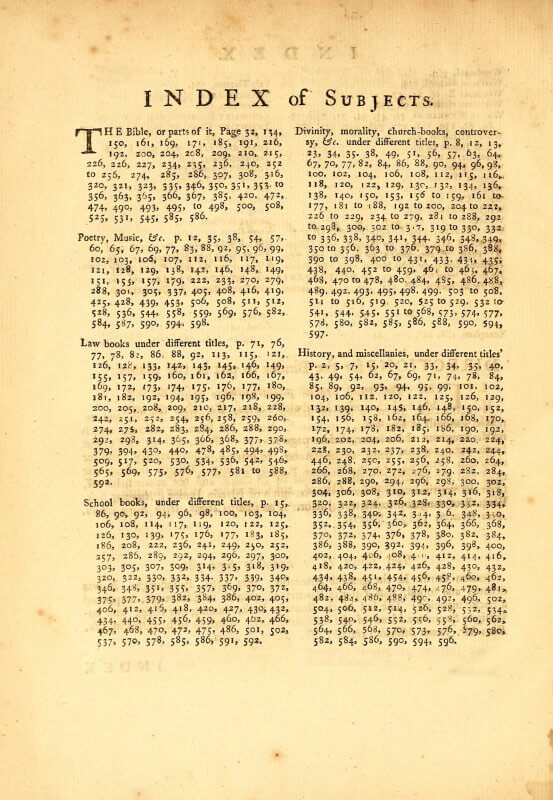
Ames, Typographical antiquities, 1749 (4I4r)
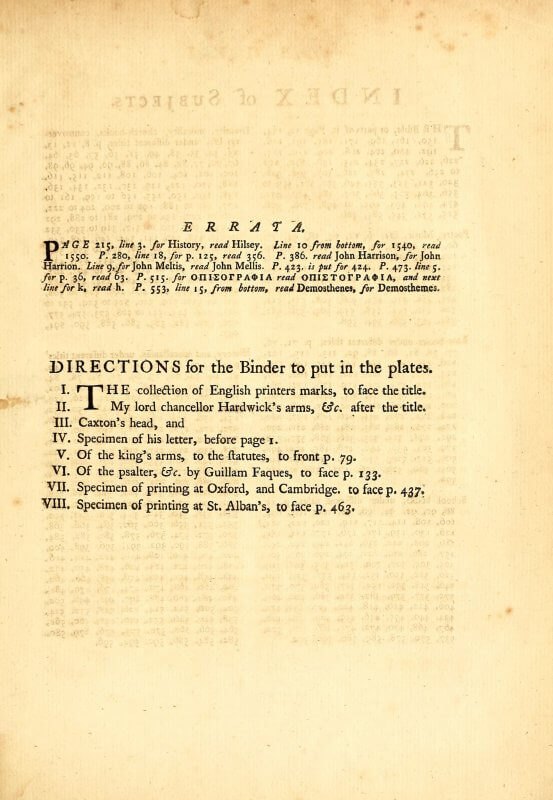
Ames, Typographical antiquities, 1749 (4I4v)

Ames, Typographical antiquities, 1749 (a1r)

Ames, Typographical antiquities, 1749 (frontis.)
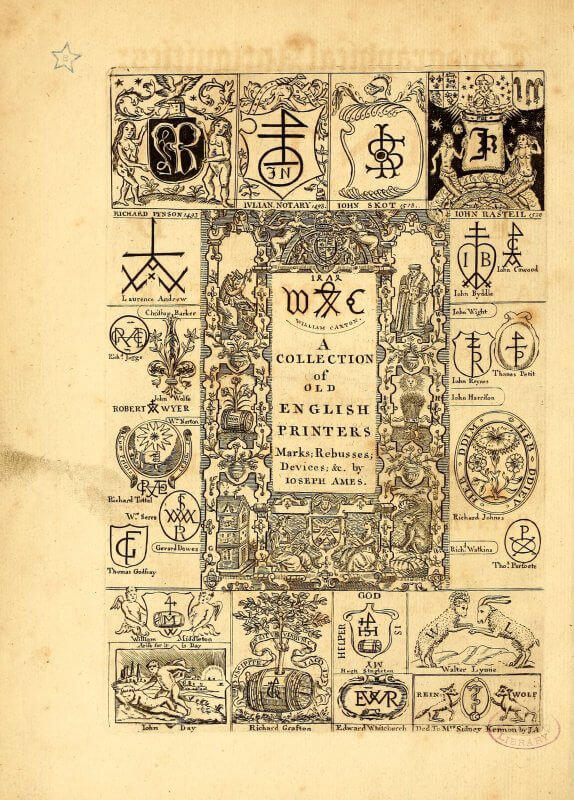
Apian, Cosmographicus, 1524 (C4v)

Apian, Cosmographicus, 1524 (H4r)
